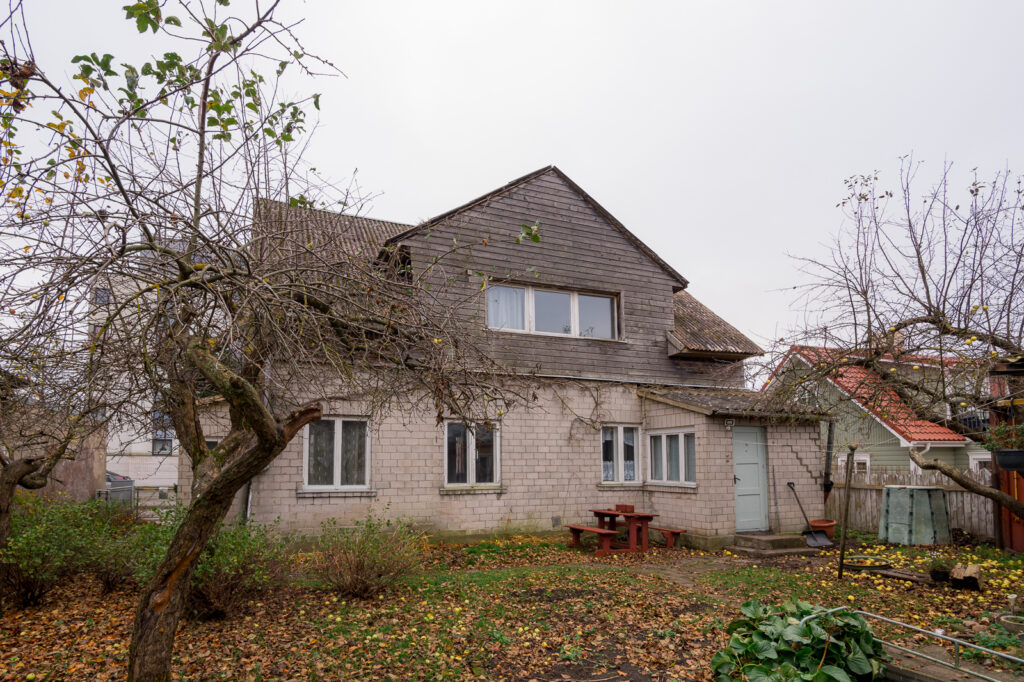Hidden defects – Invisible risks that could derail your home sale
Selling a home is a major and responsible decision. It’s not just about finding the right buyer or getting the best price — it’s also about ensuring the process is fair, transparent, and safe. In recent years, hidden defects have become an increasingly discussed topic — issues that the seller might not even notice but can still be held responsible for after the sale. Small cracks in the walls, moisture damage in the bathroom, or faulty wiring can later turn into costly repairs or even legal disputes. That’s why it’s so important to inspect your home thoroughly before selling and address any potential problems early.
 Miston Real Estate certified agent Jane Riidamets
Miston Real Estate certified agent Jane Riidamets
According to our real estate agent Jane Riidamets, hidden defects are one of the most common reasons why property transactions become complicated and emotionally draining. “Even though the law requires the seller to inform the buyer of any known defects, claiming ignorance doesn’t free them from liability,” Jane explains. “A buyer may discover within months that the foundation leaks, the attic is moldy, or the underfloor heating doesn’t work properly. Even if the seller had no knowledge of these problems, they may still be legally responsible for repair costs — because the property sold must be fit for use.”
One of the most frequent hidden issues is moisture damage. It can result from poorly installed waterproofing, leaks, or insufficient ventilation. Moisture often hides inside walls or under floors and only becomes visible later, through mold or unpleasant odors. Poor insulation is another common issue — especially in older homes, where outdated materials can lead to high heating costs, something difficult to detect without a thermal camera or an energy audit.
Electrical systems and plumbing are also high-risk areas. Many older houses and apartments were built under outdated safety standards. Worn insulation, missing grounding, or poor connections can pose fire hazards. Similarly, corroded metal pipes may burst unexpectedly, causing significant water damage — something the buyer can later demand compensation for.
Fireplaces and chimneys also deserve special attention. If flues are dirty or damaged, they can present a serious fire risk. Before selling, it’s wise to hire a certified chimney sweeper who can inspect the system and provide a safety certificate. Skipping this step might lead to buyer complaints if the heating system turns out unsafe or non-compliant.
Today’s property buyers are informed and careful. A nice renovation and a polished listing are no longer enough. Buyers ask for documentation, certificates, and proof of completed work. That’s why it’s smart to photograph and document all renovations — and keep receipts and project descriptions. If you’ve replaced the roof, strengthened the foundation, or renewed plumbing, include that information in your sales materials. It shows buyers that the work was done professionally and reduces the risk of future disputes.
 A depreciated building for sale at Karuselli 48, Pärnu
A depreciated building for sale at Karuselli 48, Pärnu
Involving a real estate agent can also be a wise move, especially if you don’t have prior experience in property sales. An experienced agent can identify potential risks, recommend expert inspections, and ensure that the entire process is legal and transparent. While the agent’s fee might seem like an extra expense, it often costs less than a legal dispute caused by hidden defects.
In the end, preventing hidden defects benefits both the seller and the buyer. When a home is thoroughly inspected, risks eliminated, and documentation in order, the sale runs smoothly. A well-prepared deal saves time, money, and stress — and ensures that the home changes hands fairly and thoughtfully, just as every new home story deserves to begin.



